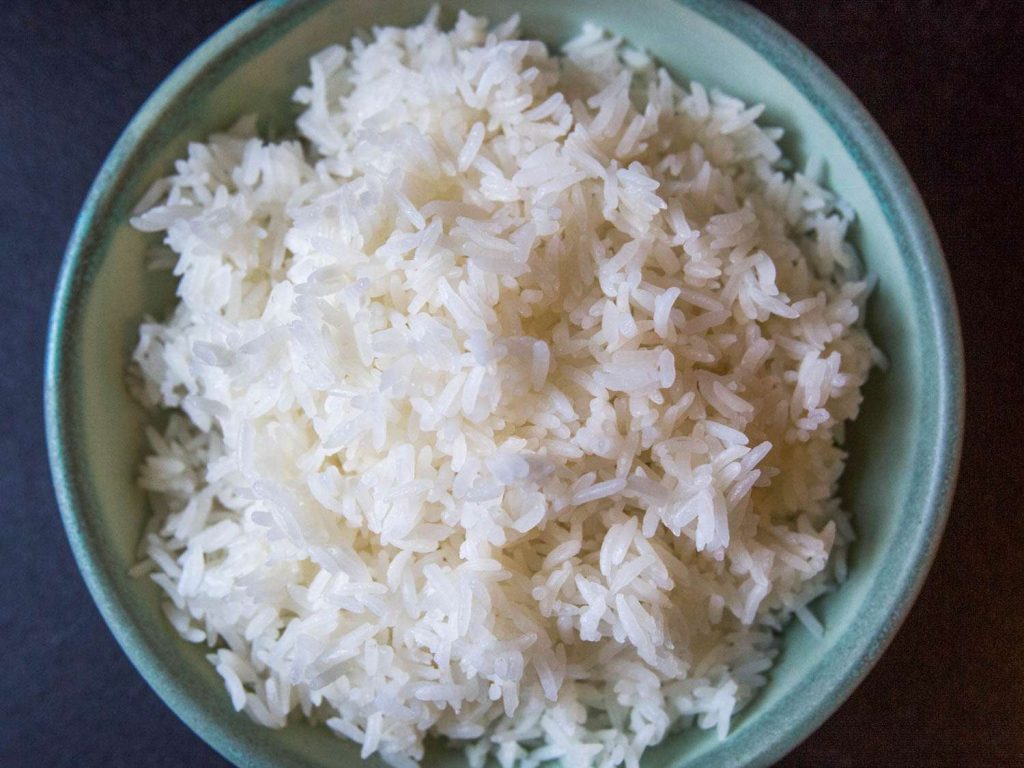Cooking Jasmine Rice on the Stove
I. Introduction
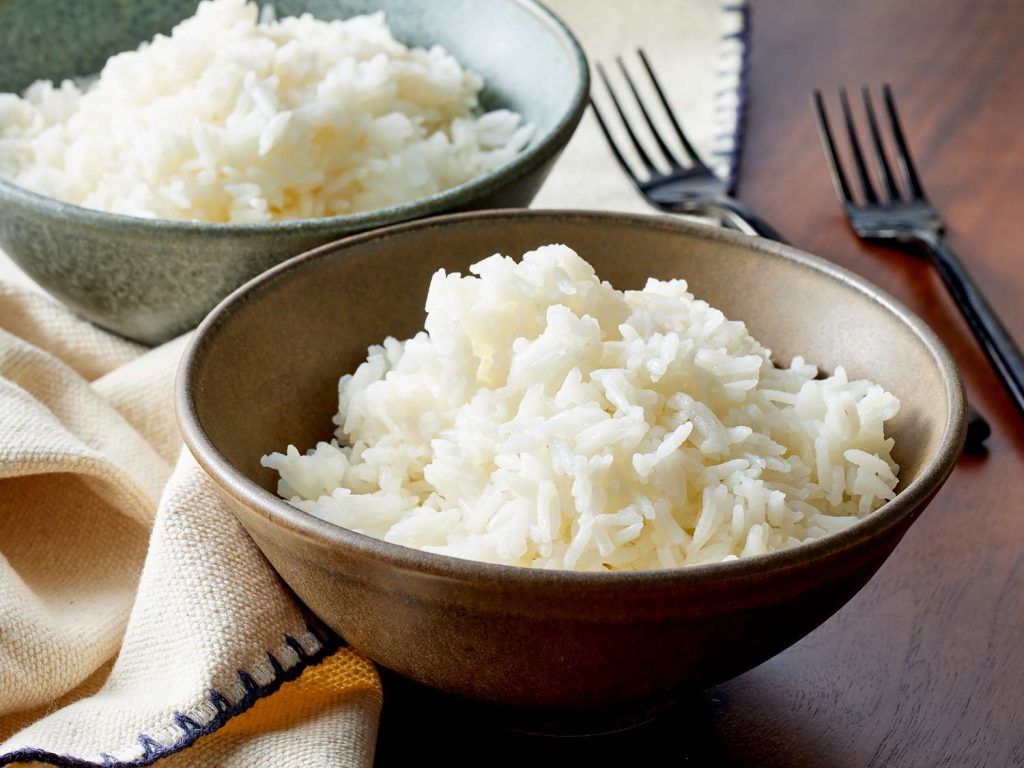
A. Importance of properly cooked jasmine rice
Properly cooked jasmine rice is a staple in many cuisines around the world due to its delicate aroma, slightly sticky texture, and subtle flavor. Whether you’re serving it as a side dish or using it as a base for stir-fries, curries, or other flavorful dishes, achieving the perfect texture and taste of jasmine rice can significantly elevate your meals. The ideal cooking method on the stove allows you to control the process and achieve consistent results.
B. Overview of stove cooking method
Cooking jasmine rice on the stove is a traditional and common method that yields excellent results. This method involves preparing the rice by selecting the right amount, washing and rinsing to remove excess starch, and optionally soaking the rice to enhance its texture. The actual cooking process involves simmering the rice with the appropriate water ratio and allowing it to rest before fluffing. Additionally, we will explore additional tips and variations to customize your jasmine rice to suit your preferences and enhance its flavors.
II. Preparing Jasmine Rice
A. Selecting the right amount of rice
Before cooking jasmine rice, it’s important to determine the appropriate quantity for your needs. A general guideline is to estimate ½ cup to ¾ cup of uncooked rice per serving. Adjust this amount based on the number of people you’re serving and whether you desire leftovers. Keep in mind that cooked jasmine rice typically doubles in volume, so plan accordingly.
B. Washing and rinsing the rice
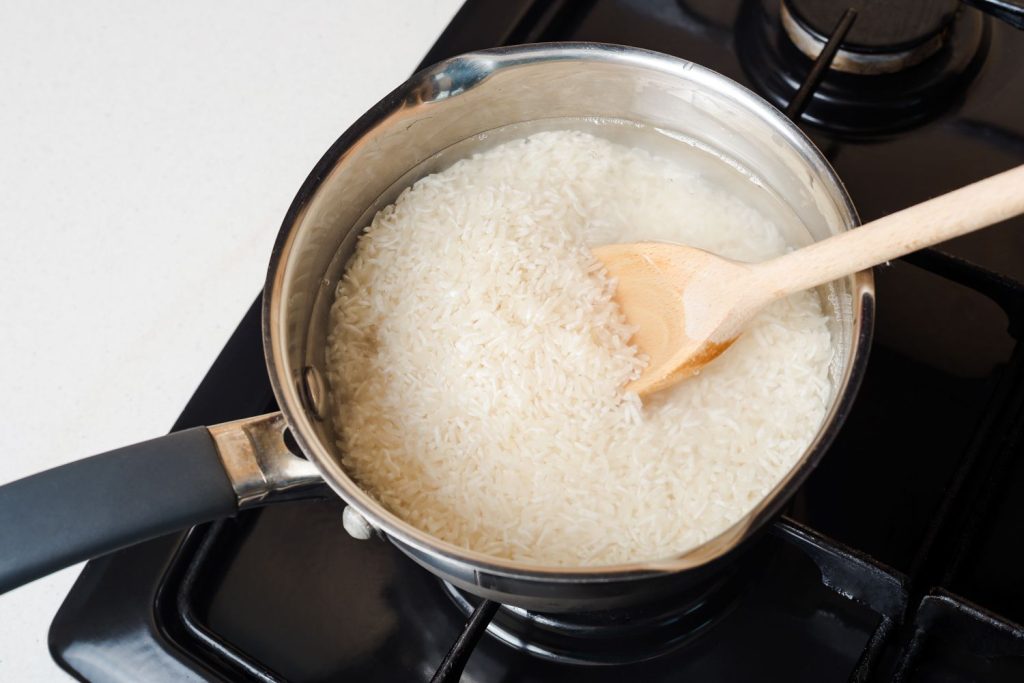
To achieve fluffy and separate grains of jasmine rice, it’s essential to wash and rinse the rice thoroughly. Start by placing the desired amount of rice in a fine-mesh strainer or sieve and rinse it under cold water. Gently rub the grains together with your fingers to remove any dirt or excess starch. Repeat this process until the water runs clear, indicating that the rice is adequately washed.
C. Soaking the rice (optional)
Soaking jasmine rice before cooking is an optional step that can help improve its texture. Soaking allows the grains to absorb moisture and results in more even cooking. To soak the rice, place the washed rice in a bowl and add enough water to cover the grains completely. Let it soak for at least 15 minutes or up to 30 minutes for best results. Once soaked, drain the rice thoroughly.
III. Cooking Jasmine Rice
A. Using the right ratio of water to rice
Achieving the perfect ratio of water to rice is essential for cooking jasmine rice. The general rule is to use 1 ½ cups of water for every 1 cup of jasmine rice. However, depending on personal preference and the specific brand of rice used, slight adjustments may be needed. Some individuals prefer their rice to be slightly drier or stickier, so experimenting with the ratio can help achieve the desired texture.
B. Bringing rice to a boil
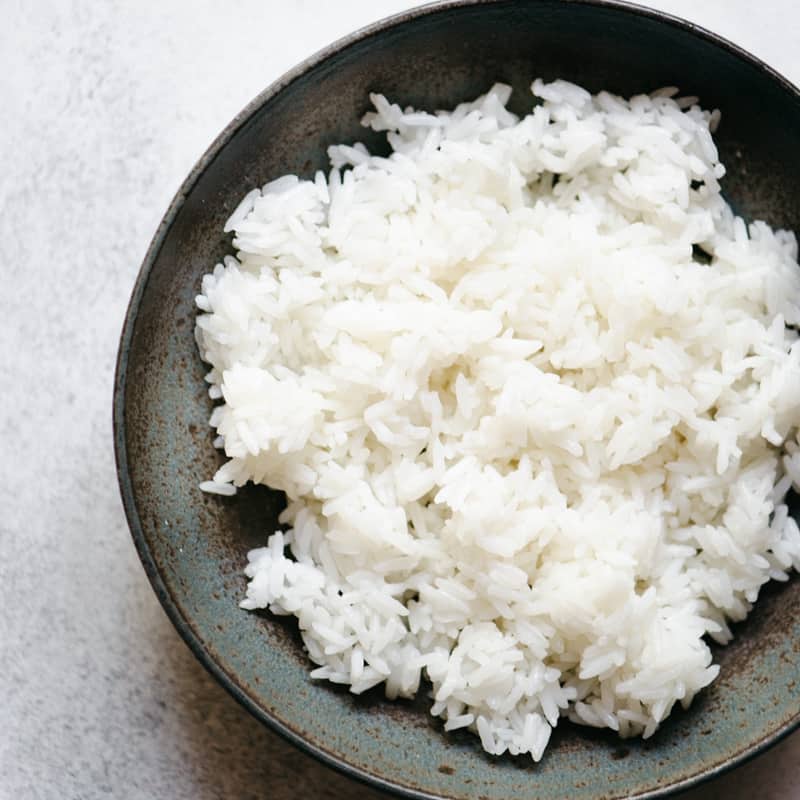
Once the rice and water are combined in a saucepan, it’s time to bring them to a boil. Place the saucepan over medium-high heat and allow the mixture to come to a rolling boil. Keep a close eye on the rice as it reaches a boil to prevent it from overflowing and creating a mess on the stove. Stirring occasionally during this step can help distribute heat and ensure even cooking.
C. Reducing heat and simmering the rice
After the rice has reached a boil, it’s crucial to reduce the heat to low immediately. This step is necessary to transition from boiling to simmering, which is essential for perfectly cooked jasmine rice. Cover the saucepan with a tight-fitting lid to retain heat and steam within the pot. Simmer the rice for approximately 15-20 minutes, or until all the water is absorbed and the rice is tender.
D. Allowing the rice to rest
Once the cooking time is complete, resist the temptation to open the lid and check the rice immediately. Instead, turn off the heat and let the rice rest for 5-10 minutes. This resting period allows the remaining steam to penetrate the rice fully, resulting in a fluffy and evenly cooked texture. Keeping the lid closed during this time is crucial to prevent the escape of steam, which is essential for the final texture of the rice.
IV. Additional Tips and Variations
A. Fluffing the rice with a fork
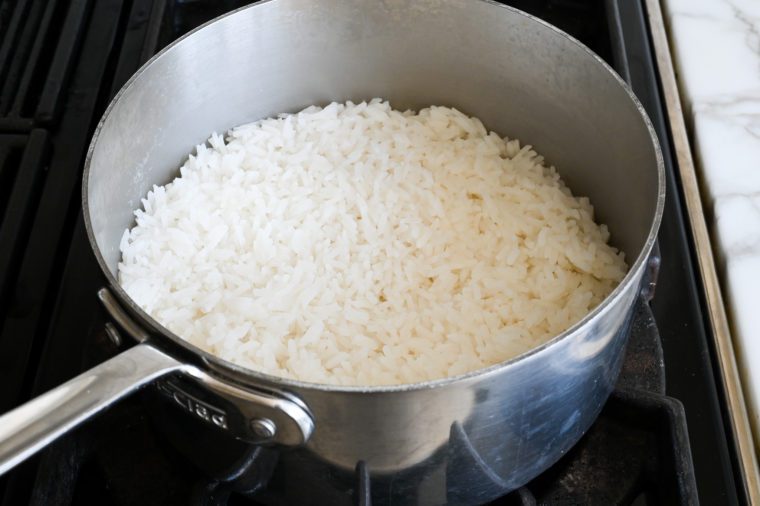
After the resting period, it’s time to fluff the rice. Take a fork and gently run it through the rice, separating the grains. This process helps create a light and fluffy texture, preventing the rice from clumping together. It is important to be gentle and avoid stirring too vigorously, as this can damage the delicate grains and result in mushy rice.
B. Adding flavors or seasonings (optional)
While jasmine rice is delicious on its own, adding flavors or seasonings can enhance its taste and complement the rest of the meal. Before cooking the rice, consider adding a pinch of salt to enhance its natural flavors. Additionally, you can drizzle a bit of olive oil or add chopped herbs like parsley or cilantro for an added burst of freshness. Experiment with different combinations to suit your personal preferences and the overall flavor profile of your meal.
C. Using a rice cooker instead of the stove (alternative method)
For individuals who own a rice cooker, preparing jasmine rice is even easier. Simply follow the manufacturer’s instructions for the specific rice-to-water ratio and cooking time. Rice cookers automate the cooking process, taking away the guesswork and ensuring consistent results. This alternative method can be highly convenient, especially for those who cook rice frequently and prefer a hassle-free way to achieve perfectly cooked jasmine rice.
By following the steps outlined for cooking jasmine rice on the stove and considering the additional tips and variations provided, you can achieve a delicious and fragrant dish that will complement a variety of meals. Remember to practice and be patient in your journey to perfecting your jasmine rice cooking skills, as it may take some time to find your ideal cooking method and adjust for personal preferences. With each attempt, you will gain valuable experience and enjoy the rewards of a perfectly cooked bowl of jasmine rice.

